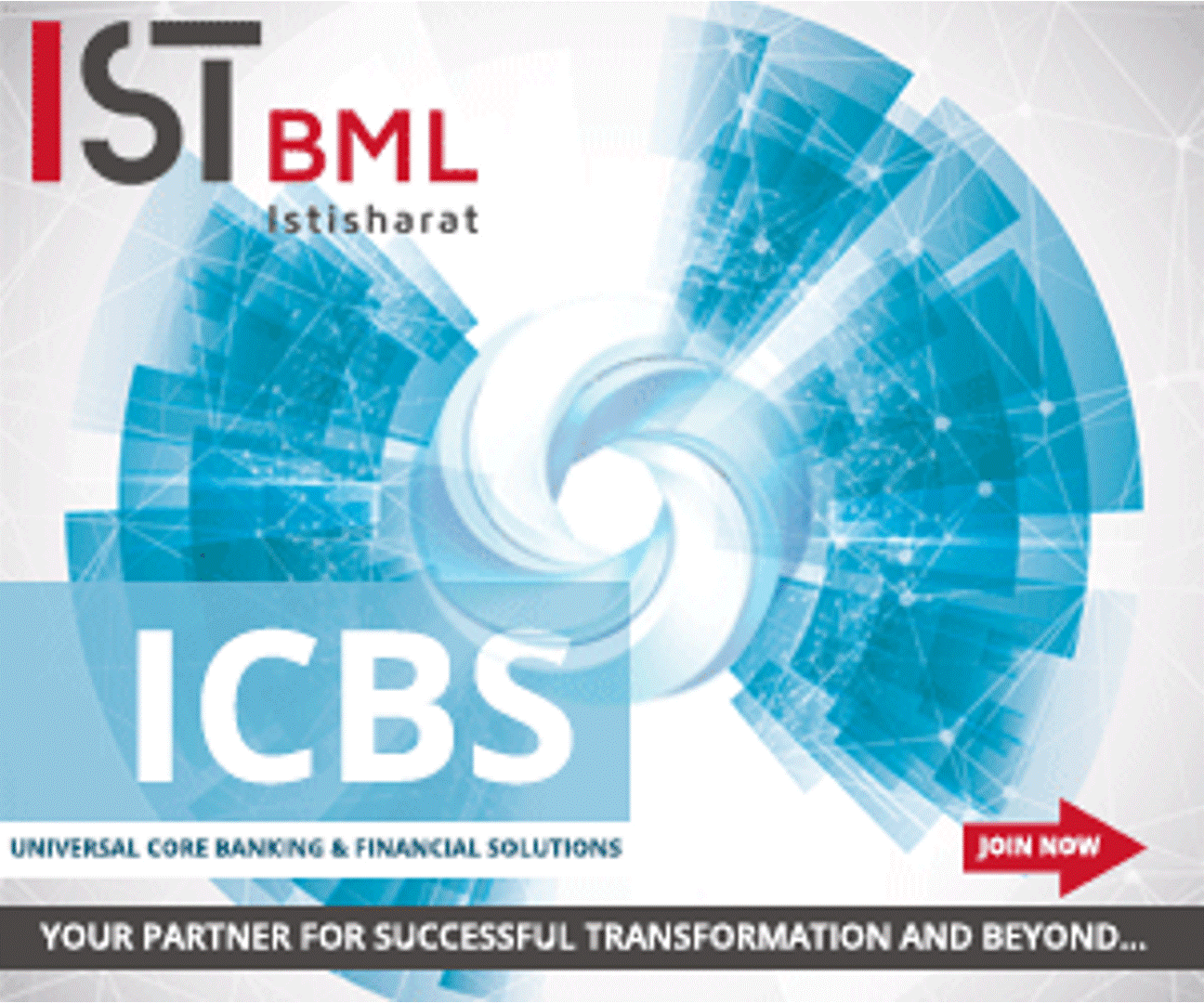 Back
Back
FinTech trends 2021: The ground-breaking impact in the banking industry
By Edlyn Cardoza
Over the past couple of years, to transform the banking ecosystem, FinTech firms have leveraged access to data, technology, innovative cultures, and advanced analytics. While the success of individual FinTech firms has been assorted largely, the results have influenced infrastructure, payments, access to financial services, distribution, and components of sustainability.
Due to the pandemic, the consumers’ readiness to try new digital financial services grew rampantly, therefore leading to the increasing speed of innovation within the banking industry. As bank branches shut down, providers of both traditional and non-traditional financial services had to respond to the need for fast, seamless solutions, which made banking easier.
In recent times, FinTech or Financial Technology is receiving a rapidly positive change. The progress in this sector is implied to continue to help financial institutions, banks, and their clients who opt for their services to decline to deal with their finances better, navigate risks, and overspending.
One of the most significant changes has been introducing new advancements of FinTech products and services designed especially for certain functions inside the financial ecosystem like Reg-tech, insurtech, and robo-advising.
Below are the top FinTech trends of 2021 that revolutionized the banking industry:
Digital-only Banking: The financial sector is keen and notices soon when a bank virtually starts providing contactless payments, global payments, P2P transfers, along with no transaction fees, and a platform to exchange and purchase Bitcoin, Ethereum, and other cryptocurrencies.
Digital-only banks are advantageous to a great extent – for digital banking, nobody spends time at a bank physically, no long queues that will test your patience and no mindless paperwork in your hands. Because of the rise in digital-only banks, visits to banks from 2017 to 2022 are going to drop 36%, according to CACI. Other benefits also include instant bill payments, real-time analytics, feasible cost management, quick balance review, and reset pins from home.
Artificial Intelligence: Banks are now fine-tuning their AI solution tactics, which will boost the vast acceptance of AI in this industry. According to Autonomous research, AI is planned to lower banks’ operating expenses around 2030 by 22%. This means that banks can have a huge amount of savings. AI is well-structured to manage the soaring fraud threats in finance, the rising incidents of cybercrime, and a few more.
AI has already gained popularity by having the most efficient client service software using smart systems such as virtual assistants.
Payment Innovations: When it comes to FinTech, payment innovations include several elements, like mobile payments, mobile wallets, contactless payments, identity verification technologies, and AI and machine learning for security. In 2021 specifically, mobile payments have increased drastically. According to Statista, in 2018, around 440 million people were using contactless payments, and in 2020 this target was said to reach 760 million.
Additionally, mobile wallets have now almost replaced physical wallets. The wallet using users’ credit cards, reward cards, and such have gained a wider audience. In 2019 alone, there were almost 2.1 billion mobile wallet users.
Open Banking: Open Banking is another remarkable technology that brings together financial technology and bank, permitting across several institutions data networking. Being directly linked with PSD2, Open Banking allows banks to understand their information in a systemized, secure manner, letting data be shared digitally in a more simple manner among genuine companies.
It allows controlling clients’ banking and other financial data by third-party apps through data sharing using APIs and AI. Various industry giants had apprehended that open banking would reconstruct the banking industry. Furthermore, according to Allied Market Research, open banking was anticipated to acquired $7.29 billion in 2018 and is projected to reach $43.15 billion by 2026.
Also read: Global Digital Banking Vendor & Landscape Report Q2 2025IBSi FinTech Journal

- Most trusted FinTech journal since 1991
- Digital monthly issue
- 60+ pages of research, analysis, interviews, opinions, and rankings
- Global coverage
Other Related News
Related Reports

Sales League Table Report 2025
Know More
Global Digital Banking Vendor & Landscape Report Q2 2025
Know More
NextGen WealthTech: The Trends To Shape The Future Q4 2023
Know More
Intelligent Document Processing in Financial Services Q2 2025
Know More



